
How to Use JSY-MK194G: Examples, Pinouts, and Specs
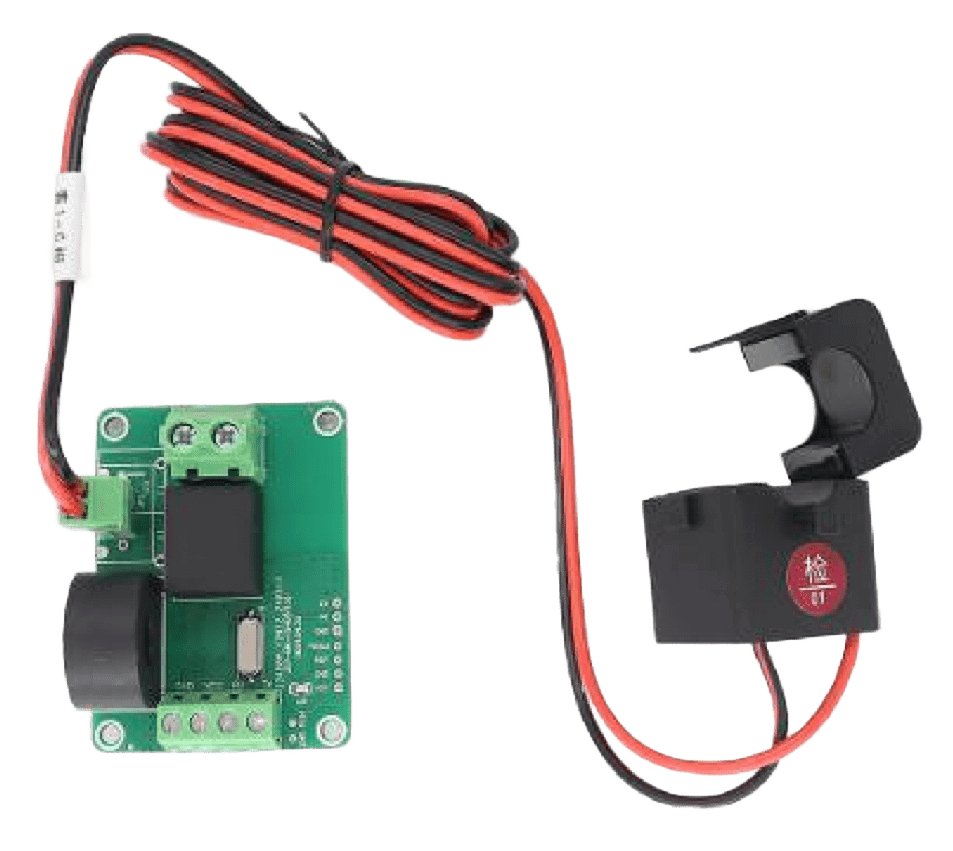
 Design with JSY-MK194G in Cirkit Designer
Design with JSY-MK194G in Cirkit DesignerIntroduction
The JSY-MK194G is a compact, high-performance relay module designed for switching applications. It features a low control voltage and can handle high current loads, making it ideal for use in automation and control systems. This versatile component is commonly used in industrial equipment, home automation, and robotics, where reliable switching of high-power devices is required.
Explore Projects Built with JSY-MK194G
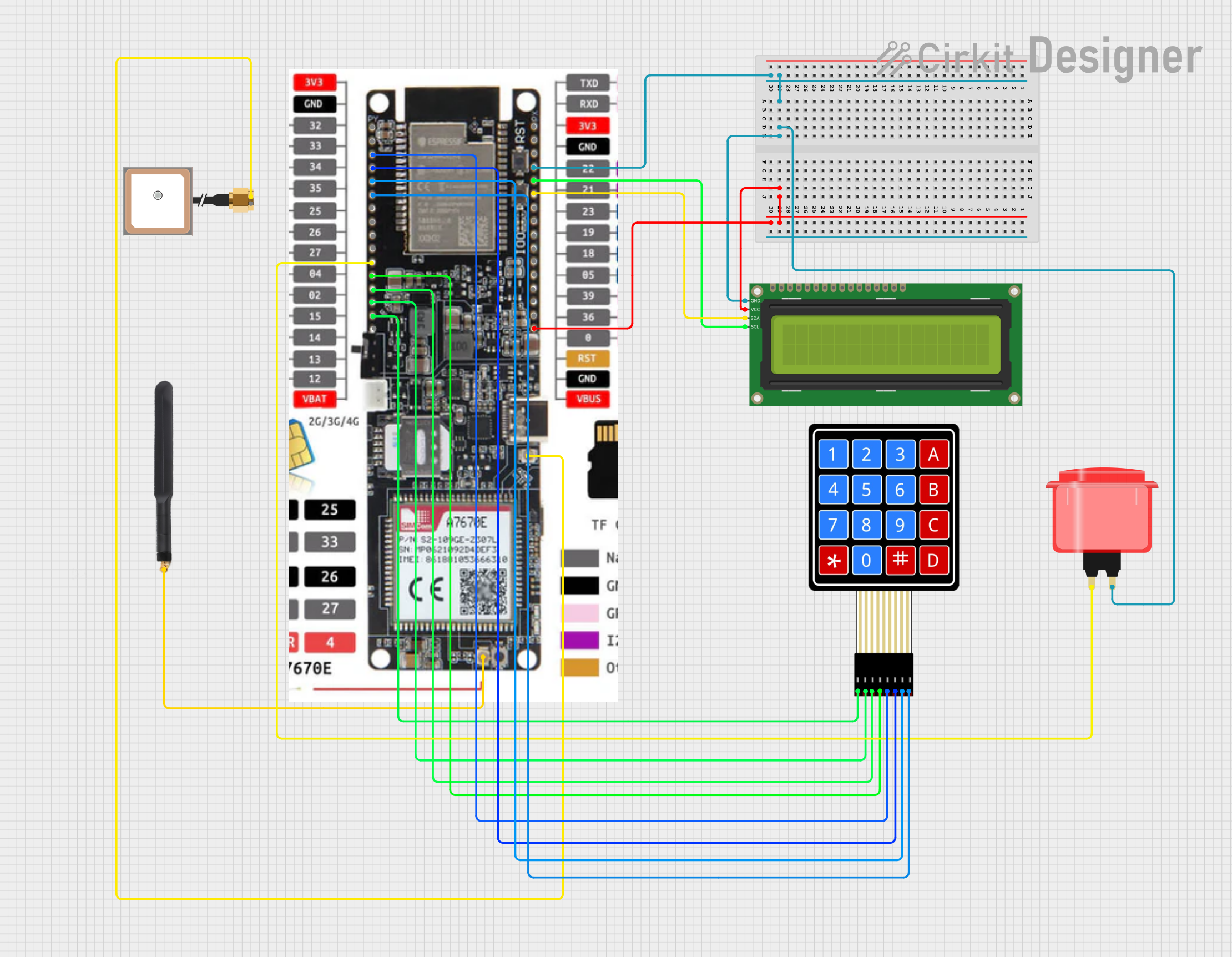
 Open Project in Cirkit Designer
Open Project in Cirkit Designer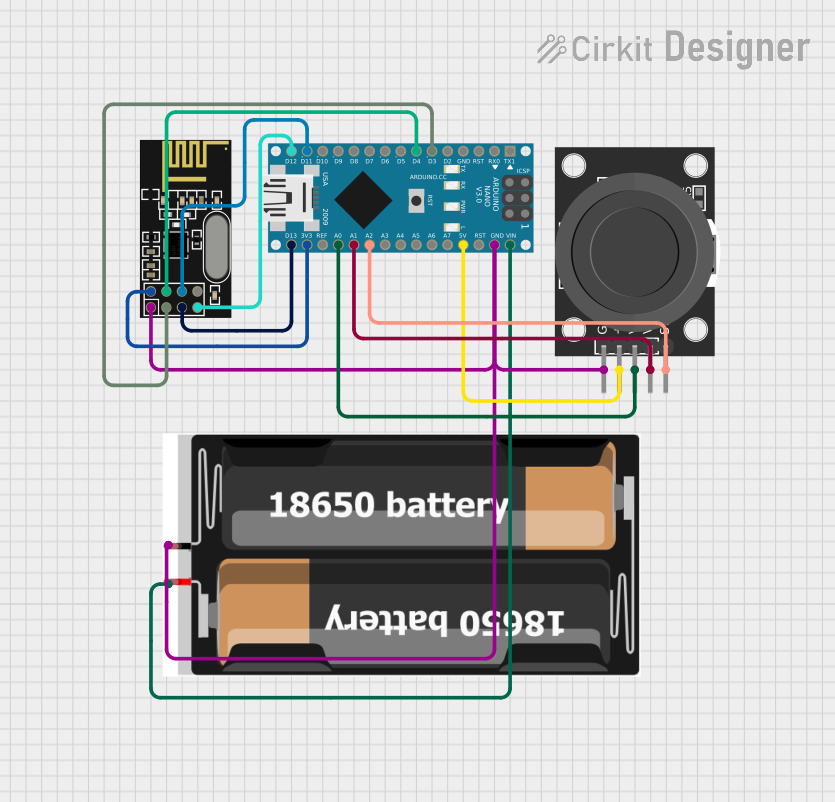
 Open Project in Cirkit Designer
Open Project in Cirkit Designer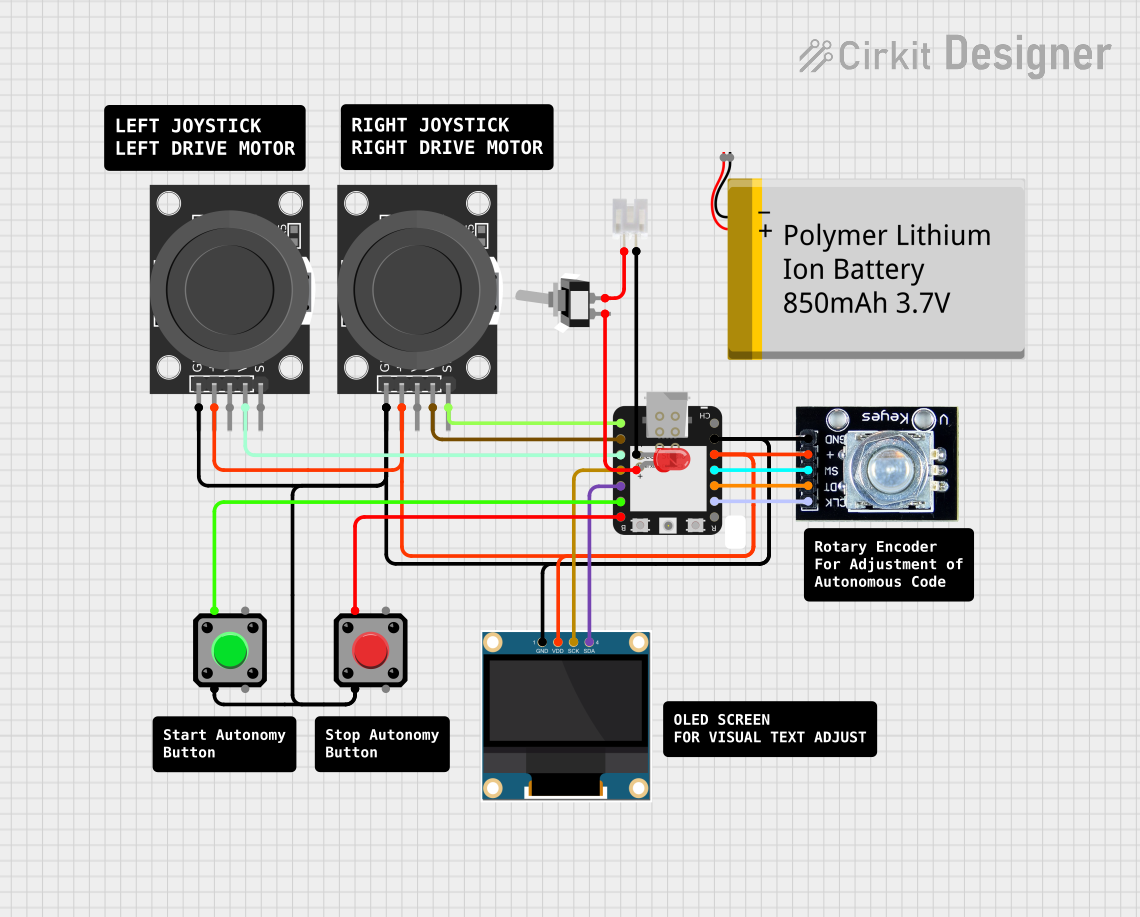
 Open Project in Cirkit Designer
Open Project in Cirkit Designer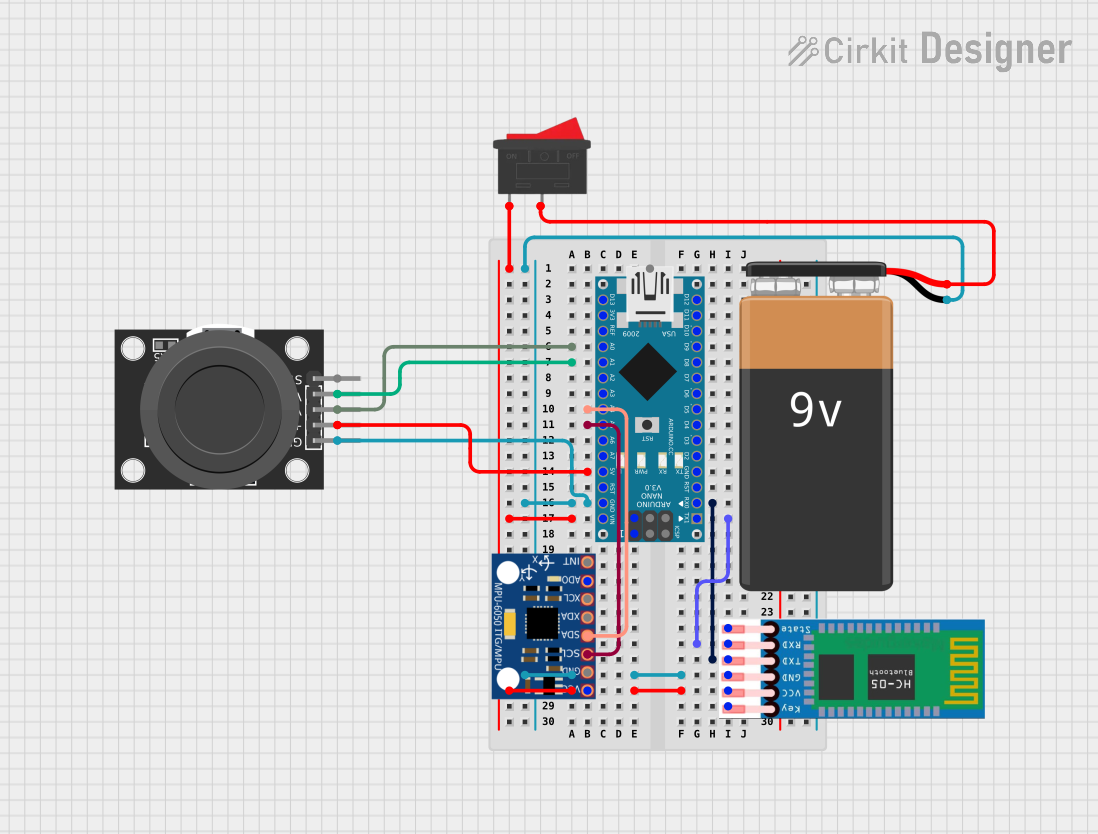
 Open Project in Cirkit Designer
Open Project in Cirkit DesignerExplore Projects Built with JSY-MK194G

 Open Project in Cirkit Designer
Open Project in Cirkit Designer
 Open Project in Cirkit Designer
Open Project in Cirkit Designer
 Open Project in Cirkit Designer
Open Project in Cirkit Designer
 Open Project in Cirkit Designer
Open Project in Cirkit DesignerTechnical Specifications
The JSY-MK194G relay module is designed to provide robust performance in a variety of applications. Below are its key technical specifications:
General Specifications
- Relay Type: Electromechanical
- Control Voltage: 5V DC
- Operating Current: 70mA (typical)
- Switching Voltage (Load): Up to 250V AC or 30V DC
- Switching Current (Load): Up to 10A
- Contact Type: SPDT (Single Pole Double Throw)
- Isolation: Optocoupler-based isolation between control and load sides
- Dimensions: 50mm x 25mm x 18mm
- Mounting: PCB or screw terminal
Pin Configuration and Descriptions
The JSY-MK194G module has a simple pinout for easy integration into circuits. Below is the pin configuration:
| Pin Name | Description |
|---|---|
| VCC | Connect to the 5V DC power supply for the relay module. |
| GND | Connect to the ground of the power supply. |
| IN | Control signal input. A HIGH signal (5V) activates the relay. |
| NO | Normally Open contact. Connect the load here for switching when the relay is ON. |
| NC | Normally Closed contact. Connect the load here for switching when the relay is OFF. |
| COM | Common contact. Connect this to the power source or load. |
Usage Instructions
The JSY-MK194G is straightforward to use in a variety of circuits. Follow the steps below to integrate it into your project:
Connecting the Relay Module
- Power the Module: Connect the VCC pin to a 5V DC power supply and the GND pin to the ground.
- Control Signal: Connect the IN pin to a microcontroller (e.g., Arduino UNO) or any other control circuit capable of providing a 5V HIGH signal.
- Load Connections:
- For devices that should turn ON when the relay is activated, connect the load between the NO (Normally Open) and COM (Common) pins.
- For devices that should turn OFF when the relay is activated, connect the load between the NC (Normally Closed) and COM pins.
Example Circuit with Arduino UNO
Below is an example of how to use the JSY-MK194G with an Arduino UNO to control a 220V AC light bulb:
Circuit Diagram
- VCC: Connect to Arduino's 5V pin.
- GND: Connect to Arduino's GND pin.
- IN: Connect to Arduino's digital pin 7.
- Load: Connect the light bulb to the NO and COM pins of the relay.
Arduino Code
// Example code to control the JSY-MK194G relay module with an Arduino UNO
#define RELAY_PIN 7 // Define the digital pin connected to the relay module
void setup() {
pinMode(RELAY_PIN, OUTPUT); // Set the relay pin as an output
digitalWrite(RELAY_PIN, LOW); // Ensure the relay is OFF at startup
}
void loop() {
digitalWrite(RELAY_PIN, HIGH); // Turn the relay ON
delay(5000); // Keep the relay ON for 5 seconds
digitalWrite(RELAY_PIN, LOW); // Turn the relay OFF
delay(5000); // Keep the relay OFF for 5 seconds
}
Important Considerations
- Isolation: Ensure proper isolation between the control and load sides to prevent damage to the microcontroller or control circuit.
- Flyback Diode: If switching an inductive load (e.g., motor), use a flyback diode across the load to protect the relay contacts from voltage spikes.
- Power Ratings: Do not exceed the relay's maximum voltage and current ratings to avoid damage or failure.
Troubleshooting and FAQs
Common Issues and Solutions
Relay Not Activating:
- Ensure the control signal (IN pin) is receiving a proper HIGH signal (5V).
- Verify that the VCC and GND connections are secure and providing the correct voltage.
Load Not Switching:
- Check the wiring of the load to the NO/NC and COM pins.
- Ensure the load's voltage and current are within the relay's rated specifications.
Relay Stuck in One State:
- Inspect the relay contacts for damage or wear, especially if switching high-power loads frequently.
- Verify that the control signal is toggling correctly.
Noise or Interference:
- Use a capacitor (e.g., 0.1µF) across the relay's VCC and GND pins to filter out noise.
- Ensure proper grounding in the circuit.
FAQs
Q1: Can the JSY-MK194G be used with a 3.3V control signal?
A1: No, the JSY-MK194G requires a 5V control signal to activate the relay. Use a level shifter if your control circuit operates at 3.3V.
Q2: Is the relay suitable for switching DC motors?
A2: Yes, but ensure the motor's voltage and current are within the relay's rated limits. Use a flyback diode to protect the relay from voltage spikes.
Q3: Can I use the relay to switch both AC and DC loads?
A3: Yes, the JSY-MK194G can switch AC loads up to 250V and DC loads up to 30V, provided the current does not exceed 10A.
Q4: How do I know if the relay is ON or OFF?
A4: The JSY-MK194G typically includes an onboard LED indicator that lights up when the relay is activated.
By following this documentation, you can effectively integrate the JSY-MK194G into your projects and troubleshoot common issues with ease.